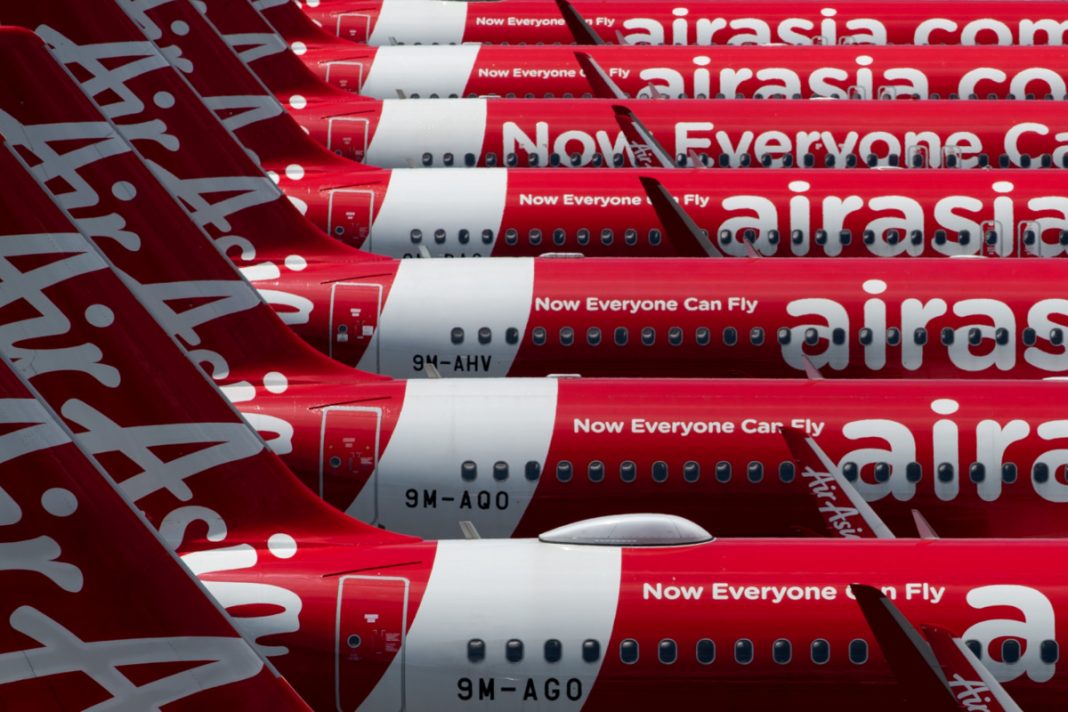Despite flying just 20% of its capacity in June and July, AirAsia is targeting a capacity return of some 70-80% in the fourth quarter of 2020. AirAsia.com’s CEO Karen Chan spoke about the ramp-up in a recent interview, noting that some markets, such as Malaysia, were seen as key opportunities for growth.

Ramping up schedules at AirAsia
The eyes of the world have been on the Far East powerhouse of AirAsia. The late release of earnings results showed a bleak picture, of $130m lost in the first quarter of the year and a further $238m down in Q2. Despite the clear impact of more than $360m of losses in the first half of the year, the group seems confident about building capacity through the back end of 2020.
Stay informed: Sign up for our daily aviation news digest.
Karen Chan, CEO of AirAsia.com, spoke at the recent World Aviation Festival about the airline’s plans to ramp up capacity through the end of the year. She said,
“Demand in ASEAN is actually better than in some of the other continents. We have already seen some green shoots of recovery, so we are very much focused on domestic travel at the moment.
“When we started flying again, recovering at the end of June we were flying at about 20%. For August and September, we’re looking at 40 to 50% capacity, and for Q4 we are now planning to get back to close to 70 to 80%.”

That take on the situation is in stark contrast to what’s happening on the ground. In the last couple of weeks alone, AirAsia’s Japan subsidiary closed at short notice, and the long-haul arm, AirAsia X, is battling to save itself through a restructuring plan. So, where is the airline planning to make these service upticks to meet the 70-80% goal?
Malaysia is a key market
Chan noted that AirAsia’s expansion and service ramp-up is being done in a highly aggressive manner. She commented,
“The good news is that we are now being very aggressive in grabbing market share. We are opening 15 new routes for those markets that have not been served by other airlines.”
Chan said she believed that the pandemic, in many ways, had leveled the playing field for airlines like AirAsia. She noted that ‘irrational pricing’ had gone away, and that airlines simply can’t afford to launch routes just to secure attractive slots anymore.
“COVID has pushed a big reset button for a lot of us,” she commented.
“As a low-cost carrier, we have always been cost-conscious. We have been a lot more nimble in Asia than some of the full-service carriers. As a result … there are a lot of routes that are no longer covered by any airline. We can now go into go and start taking some of these routes.”
She noted, in particular, how attractive Malaysia is to AirAsia. The country is, geographically, very spread out, and has been struggling to maintain even domestic connectivity due to the financial position of its home-grown carriers. Chan said that, barring ferries, there were very few options for traveling between east and west Malaysia anymore. And that, she believes, is where AirAsia’s opportunity lies.

Indeed, just today, it was reported in Nikkei Asia that AirAsia had secured a one billion ringgit ($242m) bailout from the Malaysian government. However, that hasn’t avoided the layoffs of some 10% of the airline’s workforce and a projected shrink of the fleet in the coming months.
Confidence is key
While AirAsia is keenly adding capacity where it can and pulling the plug on the places where it cannot, Chan admitted that the biggest challenge right now was to regain the customers’ confidence to fly. She said,
“We are throwing literally all the dots that we can on the wall right now. But we understand that, in order to stimulate demand, the most important thing is that you need to restore the confidence for consumers to travel.”
Thankfully, this is somewhere that AirAsia excels. As a brand that is as much a lifestyle company as an airline, AirAsia.com has always been very tech-focused. Now, it has introduced numerous measures to make flying safer for its passengers.

These range from its ‘Scan To Fly’ mobile feature, which allows passengers to upload health declarations and book preflight COVID tests from their smartphones, as well as QR support for baggage drops and online check in. Chan commented,
“We have been working very closely with governments and different industry partners to ensure that when we talk about travel, every single touch point along the journey is now safe, sanitized and digitized.”
Despite her positive words and the clear need for connectivity in some of AirAsia’s markets, it’s unlikely we’ll see the group emerge in quite the same shape that it went into the crisis.
[ad_2]
Source link


